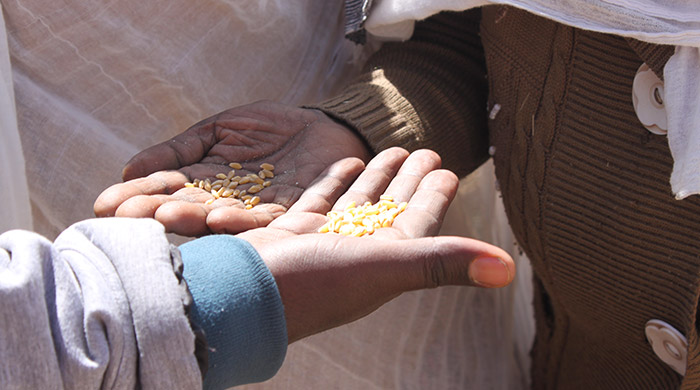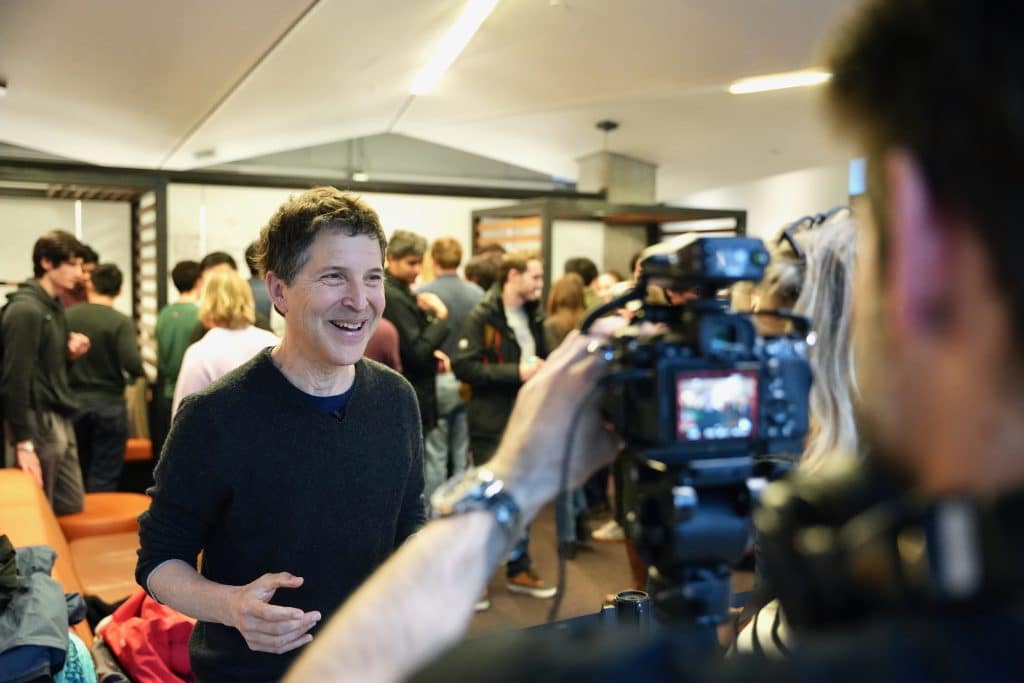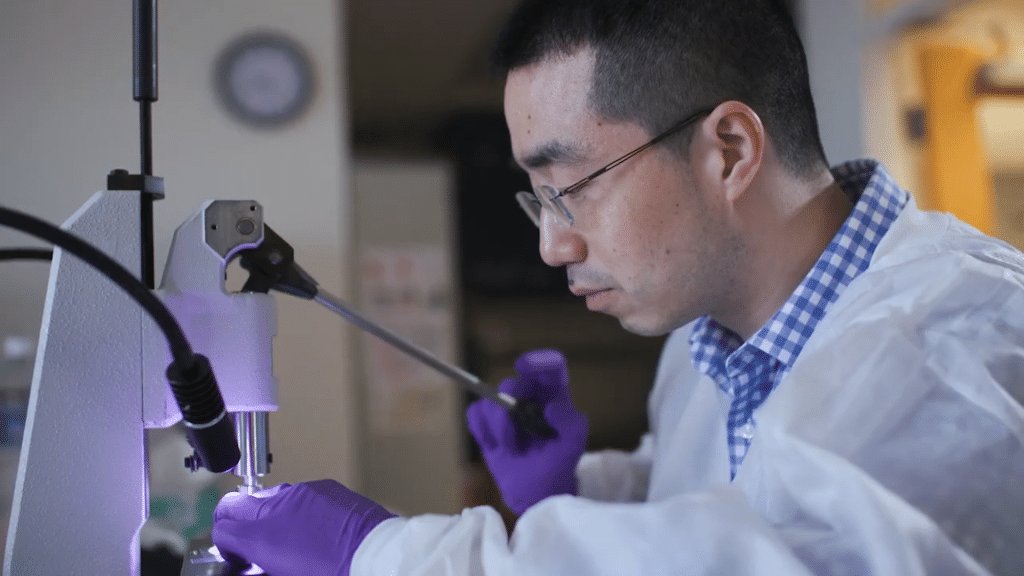Smallholder farmers and forest-dependent communities have the power to protect the planet’s resources while also contributing to sustainable rural development. Our new Agriculture, Livelihoods, and Conservation (ALC) strategy (2020-2024) invests in this by supporting organizations and leaders working on sustainable agricultural livelihoods and conservation in tropical forest areas.
The ALC strategy emerged from a four-year exploration of opportunities related to food and agriculture that extended beyond the Foundation’s existing climate grantmaking, including nutrition, food waste, and global supply chains. The next phase included a three-year pilot that built upon the work of our Conservation and Science and Population and Reproductive Health programs and promoted the wellbeing and resiliency of both people and the planet through agricultural livelihood interventions. We initiated grantmaking in geographies that already played an important role in our Foundation’s investments: Ethiopia, Indonesia, and the Democratic Republic of the Congo.
When the Foundation launched the pilot in 2017, we knew that as agriculture develops and expands, it is sometimes at the cost of natural resources like forests. We wanted to test the hypothesis that both conservation and agricultural livelihoods could be promoted within the same landscape. The partners that we supported provided evidence that sustainable smallholder agriculture paired with conservation initiatives with strong community engagement can curb deforestation and maintain biodiversity.
One example is the work of our partner, Health in Harmony, and its sister organization, Alam Sehat Lestari (ASRI) in Indonesia. As an incentive to curb illegal logging and agricultural expansion into forested areas, they provide local villages with high-quality health care, agricultural training, and business development support along with conservation programming. These incentives were designed by the villages themselves. Over a ten-year period, the number of logging households in these communities dropped by 90 percent, deforestation stabilized, and approximately 50,000 acres of secondary rainforest regrew.
As we continued to support smallholder farmers and rural communities, it became clear that women, Indigenous communities, and young people were crucial to the success of our interventions. In Ethiopia, women represent about half of the farmers, but have less access to agricultural resources and other key services, like education and quality reproductive health information and services. Although evidence shows that investments in women can result in better economic, health, and environmental outcomes, standard agricultural services are often designed to serve men. Many of our grantees in Ethiopia told us there is a need for integrated approaches to meet the needs female farmers.
ALC pilot partners tested new approaches designed to specifically reach women, like providing childcare while they participated in sustainable agriculture trainings. One of our partners, Digital Green, uses agricultural extension training videos that show female farmers as the main actors in the lessons, and include topics like joint household decision-making. Another partner, Farm Africa, is successfully promoting sustainable forest management and coffee production, and sound financial management through cooperatives and women’s savings and loan associations. In the next phase of the ALC strategy, we look forward to working more closely with the Packard Foundation’s Population and Reproductive Health team to find new creative ways to improve the livelihoods and health of women.
Building on our pilot period learning and the great work of our partners, in 2020 ALC will shift to long-term, place-based investments. We want to support smallholder farmers and forest-dependent communities in strengthening economic and environmental resiliency. You can read more about our five-year, $37.5-million strategy on Packard.org where we dig deeper into our plans for investing in interventions in Ethiopia and Indonesia, and also exploring global solutions through an approach we call Learn & Build.









